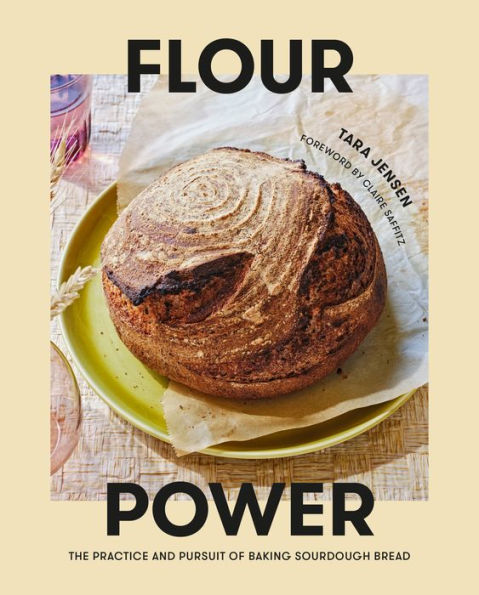Table of Contents
Foreword 10
Introduction 12
Learning About Flour 17
The Wheat Berry-Anatomy Lesson 19
The Six Basic Wheat Classifications 20
Other Key Classifications 21
Taste the Grain bow 22
How Flour Is Made 24
Making Flour at Home 27
Common Types of Flour 28
Storing Grains, Flours, and Dry Goods 29
Fermenting Flour 31
Wild Yeast and Lactobacilli 33
Lactic and Acetic Acids 34
Water 35
Developing Your (Doughy) Intuition 36
Picking a Recipe 37
Setting Up Your Work Space 38
Essential Tools 39
Methods for Bread Making 43
Reading a Recipe: Baker's Math and Percentages 44
The Overall Process of Making Bread 46
Seasonal and Environmental Considerations 62
Crust and Crumb Flavors 63
Sourdough 65
Making a Sourdough Starter 67
Patience as an Ingredient 69
Taking Care of Your Sourdough Starter 70
Before You Bake: Using Your Sourdough Starter 72
Workweek Bread 74
Lunch Box Loaf 77
Chocolate Beer Bread 81
Miche 84
Everything Bagel Fougasse 89
Milk Bread 93
Trail Mix Bread 97
Ploughman 2.0 100
City Queen Loaf 105
Marbled Deli Rye 108
Grits Bread 113
Potato Bread 116
Olive Bread 121
Yard Bread 124
Cardamom Bun Bread 129
Desem 133
My Desem Story 135
Making a Desem Starter 136
Taking Care of Your Desem Starter 138
Before You Bake: Using Your Desem Starter 139
Daily Desem 141
Cinnamon-Raisin Desem 145
Desem Pitas 148
Laurel's Loaf 153
Alan's Bread 157
Stuffed Aloo Paratha 161
Whole White Wheat Desem 165
Sweet Potato and Buckwheat Desem 169
Spelt Loaf 172
100% Einkorn Desem 177
Anadama Desem 180
Fennel, Poppy, and Yogurt Bread 185
Hazelnut and Honey Desem 188
Rye 193
What Is Rye? 194
The Rye Berry-Anatomy Lesson 195
Rye Flour Varieties 196
The Uniqueness of Rye Dough 197
The Overall Process of Making Rye Bread 198
Leavens, Sponges, and Mixing for Rye Breads 199
How to Start a 100% Rye Starter 203
Taking Care of Your Rye Starter 204
Before You Bake: Using Your Rye Starter 206
Everyday Rye 208
Milk Carton Rye 210
Knackebrod 212
Mountain Rye 214
Rye, Spelt, and Anise Loaf 218
Finnish Rye Ring 220
Apple-Oat Rye 225
Buttermilk Orange Bread 228
Candied Ginger Rye 233
Chocolate-Cherry Rye 237
Vollkornbrot 241
Rugbrod 243
Pumpernickel 247
Extra Credit 251
What Is Discard? 252
Rules for Using Discard 253
Mix and Match Discard-Sort Of 254
Monica's Banana Bread 256
Cheddar and Black Pepper Biscuits 258
Rise and Shine Bread 261
Sourdough Chocolate Chip Cookies 262
Coffee Cake 265
Overnight Waffles 268
Sourdough Piecrust 270
Three Seasons Pie with Crumble Topping 272
Roasted Veggie Galette 275
Rye and Buckwheat Pancakes 276
Tahini Buttercream 279
Rye Brownies 280
Meyer Lemon Tart 284
Double-Rye Tart Dough 285
Cheesy Cheddar Crackers 289
Sorghum Graham Crackers 290
Resources 294
Acknowledgments 296
Index 298











